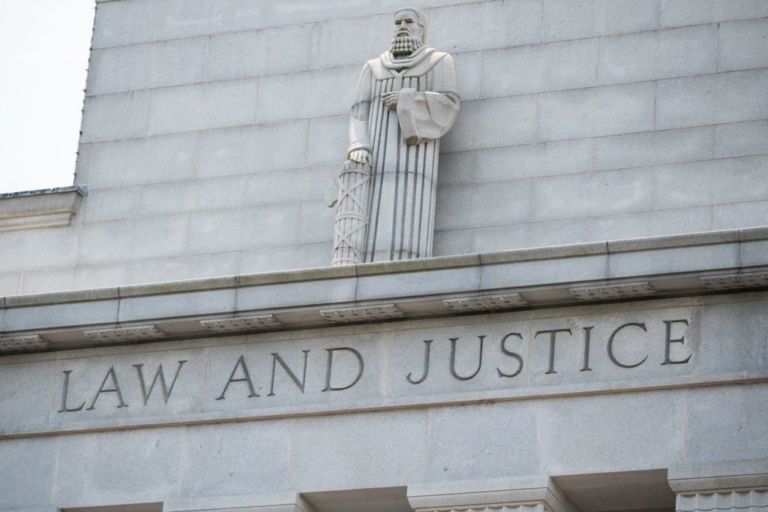The latest issue of Forbes magazine features Steve Forbes‘ take on Medicaid reform.
A BIG STUMBLING BLOCK to getting a health care reform bill through the Senate (the House of Representatives passed one in May) is Medicaid. This is surprising, given that the program is probably the worst-designed health insurance system in the history of the Free World, ballooning in costs while providing clients with increasingly lousy care. Properly fixing this program would save substantial amounts of money and provide patients with better outcomes.
Medicaid was enacted in 1965 to replace and beef up state programs to help the indigent get medical care. Medicaid would make all of these efforts virtually uniform–becoming, in essence, a one-size-fits-all program. The federal government would pony up half the costs, the states the other half. But even though the states shared the tab, Washington dictated the rules. …
… Costs immediately spun out of control. There was no fixed budget, and spending went to whatever medical bills were submitted. The only way governors could contain costs was to reduce the reimbursement rates for health care providers, which is what happened. Around one-third of physicians no longer take on new Medicaid patients. It’s no surprise that a perverse incentive took hold: Consultations were skimped on, as these were not reimbursed, but tests of all sorts–many of them medically unnecessary or even harmful–skyrocketed. Moreover, since most of any savings a state achieved would go to Uncle Sam–Washington now pays 63% of total Medicaid expenses, local governments only 37%–the spur to rein in ever rising costs and take on political heat is obviously de minimis. After all, the biggest employers in most states are hospitals, and their lobbying clout is immense.
Shockingly, reputable studies have found no difference in the health outcomes of people on Medicaid and those who have no insurance.


